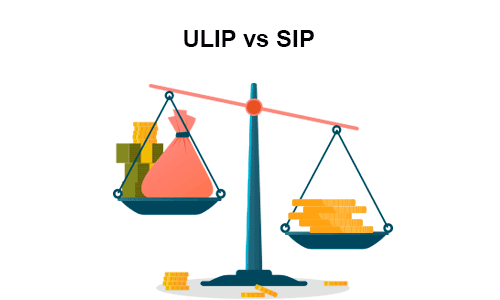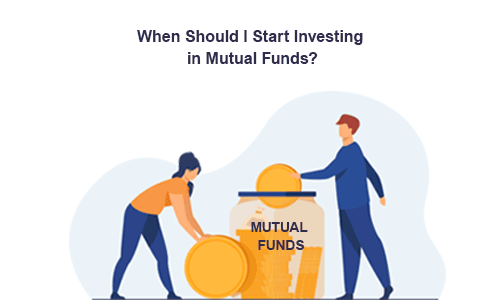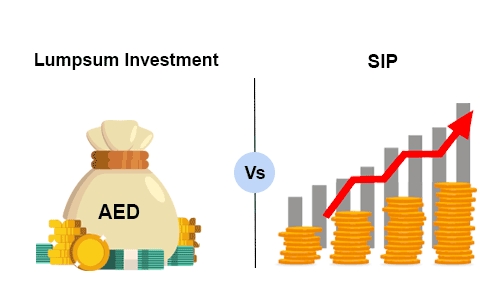Mid Cap Fund - What is That?
Table of Content
Mid-cap funds are an increasingly becoming popular investment option for diversifying your portfolio. But what exactly are mid-cap funds, and how do they work? In this blog post, we'll cover everything you need to know about mid-cap funds, from what they are to whether they are a good fit for your investment strategy and the benefits and risks of investing in them. Whether you're an experienced investor or just starting, this post will provide a comprehensive overview of mid-cap funds.
What is a Mid Cap Fund?
A mid-cap fund is a type of mutual fund that invests primarily in companies with a market capitalisation between $2 billion and $10 billion. These are larger companies than small caps but not as large as the mega caps. These funds usually invest in a wide range of stocks from different industries and sectors, allowing investors to diversify their portfolios.
Mid-cap funds are known for having higher potential returns than significant-cap funds and greater volatility. Investors can benefit from short-term gains but should be prepared for potential losses. It's important to note that mid-cap funds may be less liquid than large-cap funds and could carry higher expenses.
Investing in mid-cap funds can be attractive for those looking for potential growth and income, but they also need to understand the risks. These funds can be a fascinating option for people who have an appetite for risk and want to achieve greater returns over the long term.
What are the benefits of investing in a Mid Cap Fund?
A mid-cap fund can be an excellent option for diversifying your portfolio and generating steady returns. Mid-cap funds have traditionally outperformed large-cap funds, providing higher returns for investors. Here are some of the key benefits of investing in a mid-cap fund:
1. Lower Volatility
Because mid-cap companies tend to be smaller than larger companies, they are less exposed to external factors such as market fluctuations and economic conditions. It means that the risk associated with mid-cap investments is lower than larger ones.
2. Greater Potential for Growth
Smaller mid-cap companies often have more room to grow than large-cap companies. A mid-cap fund can give investors greater potential returns than investing in a larger company.
3. Diversification
Investing in a mid-cap fund can diversify your portfolio, reduce risk and offer greater potential rewards.
4. Tax Benefits
Many mid-cap funds provide investors with tax incentives, such as capital gains exemptions and reduced dividends and interest income rates.
5. Reduced Entry Cost
The cost of entry into a mid-cap fund is usually lower than large-cap funds, making them an attractive option for those with limited capital.
What are the risks associated with Mid Cap Funds?
Investing in mid-cap funds is one of the most popular ways to diversify a portfolio, but as with any investment, some risks are involved. Mid-cap funds are relatively volatile investments, so you must understand how exposed you are to potential hazards. Here's a look at some of the risks associated with mid-cap funds:
1. Price Volatility
Mid-cap stocks tend to be more volatile than their large-cap peers, making them more susceptible to sudden changes in market sentiment. It can lead to more significant price swings, up and down, making mid-cap funds riskier than other types of investments.
2. Concentration Risk
Many mid-cap funds invest in a relatively small number of stocks, making them subject to concentration risk. It means that if one stock in the fund performs poorly, it can have a disproportionate impact on its performance.
3. Low Liquidity
Because mid-cap companies tend to be smaller and less well-known, they often have lower levels of liquidity than large-cap stocks. It means that it may be harder to buy or sell mid-cap stocks at the desired price, leading to potential losses if you're forced to accept a lower price.
4. Company-Specific Risks
Investing in individual mid-cap companies can expose you to company-specific risks such as management issues, product launches, accounting scandals, etc. These risks are hard to predict and can significantly impact the value of your investment.
How can I decide if a Mid Cap Fund is suitable for me?
When it comes to investing, deciding what type of fund is best for you can be tricky. Mid Cap Funds are an excellent option for investing in stocks with smaller market capitalisation than significant cap funds. But is a Mid Cap Fund right for you?
To decide if a Mid Cap Fund is suitable for you, consider several factors such as the size of your portfolio, risk tolerance, time horizon, and investment goals.
- Consider the size of your portfolio: Mid Cap Funds tend to be more volatile than significant-cap funds, meaning they could produce higher returns with more significant risks. Therefore, it is essential to have a portfolio that can absorb potential losses to reap the full benefits of a mid-cap fund.
- Consider your risk tolerance: Investing in mid-cap funds means taking on additional risks due to higher volatility. Therefore, it's essential to understand how much risk you are willing to take on and how comfortable you are with the potential losses associated with mid-cap investments.
- Consider your time horizon: Mid Cap Funds tend to have more short-term price fluctuations than significant cap funds, so having a long-term investment plan is essential for this type of fund. If you are looking for short-term returns, there may be better choices than a mid-cap fund.
Examples of Mid Cap Fund
Two examples of mid-cap funds include BlackRock MidCap Growth Equity Fund (BMGAX) and Vanguard Mid-Cap ETF (VO). BMGAX invests in a diversified portfolio of mid-cap stocks across various sectors, including consumer discretionary, information technology, and healthcare. BMGAX seeks to capitalise on the growth potential of companies in the mid-cap range while attempting to mitigate risk. The fund is actively managed and invests in a variety of securities.
The Vanguard Mid-Cap ETF (VO) invests in more than 700 mid-cap stocks. The fund has low fees and is passively managed, which means it tracks an index and does not actively seek to manage its portfolio. The fund has a relatively low expense ratio, making it cost-effective for investors.
Conclusion
Mid-cap funds can be an excellent option for investors looking for an additional layer of diversification in their portfolio. They offer the potential for higher returns than significant cap funds but with less risk than small-cap funds. Mid-cap funds also tend to be less volatile than their small and large-cap counterparts, making them a good option for those who want to take advantage of the stock market without taking on too much risk. Mid-cap funds can significantly increase your investment portfolio's growth potential while minimising risk.
More From Investment
- Recents Articles
- Popular Articles





.jpg)












.jpg)
.jpg)
















